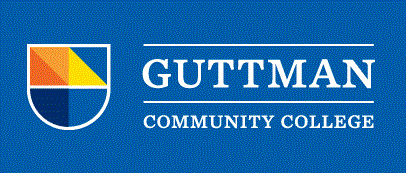
Publications and Research
Document Type
Other
Publication Date
Spring 2-28-1999
Abstract
While network technologies and environments get more and more popular, the demand for concurrent systems becomes stronger and stronger. But the characteristics of concurrency make it difficult to develop them.
This dissertation combines Object-Oriented technology and Petri Nets theory, and put forth OOPN (OO Petri Nets) model to describe concurrent systems. Based on the research of conventional development methods of concurrent software, this article advances a new one, which integrates specification, validation and auto-generating codes. Accordingly, an integrated development environment for concurrent software, i.e., OOPN-IDE, comes into being, which mainly includes the following four tools: the concurrent system modeling tool in either graphics mode or text mode, multi-user modeling coordinator, the concurrent system simulator and enactor, the concurrent system deadlock detector.
This dissertation contains the following innovations: 1) Combine OO and Petri Nets. Especially, it is described how OO is benefited from Petri Nets. 2) Petri Nets support the whole cycle of modeling, simulation and enaction. Petri Net structures are kept in generated programs rather than being translated into program structures in the traditional way. The execution of the concurrent programs is based on the firing of the transitions in net models. Thus, we can monitor and control the systems in the view of Petri Nets. 3) Multi users can model coordinately. OOPN-IDE uses a client/server architecture. Multi clients can be involved in a single model simultaneously. The possibility of developing large systems is seen. 4) OOPN-IDE is cross-platform. OOPN-IDE is based on Java and can be used on multi operating systems. It has been tested and appraised by experts in a heterogeneous environment involving Windows 95/98/NT and Solaris 2.x. 5) The future work is discussed.


Comments
This work is a Master thesis completed at Beijing University of Aeronautics and Astronautics (now Beihang University), Beijing, China, February 1999